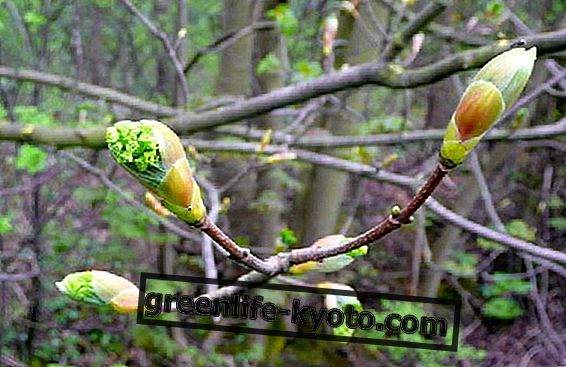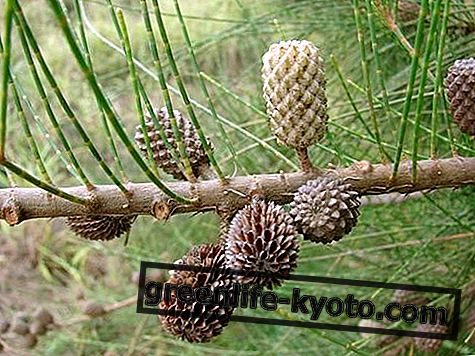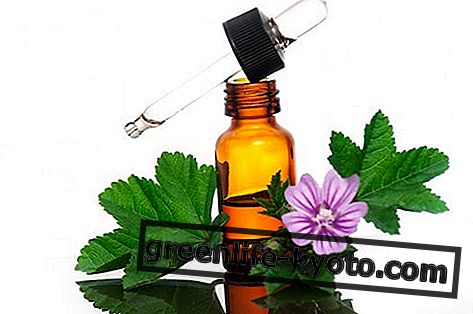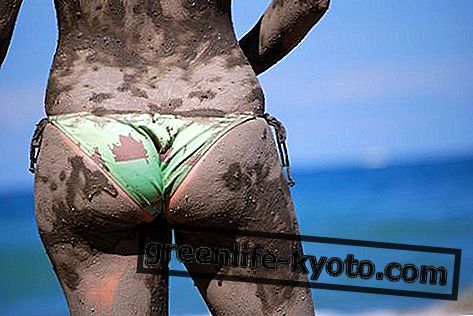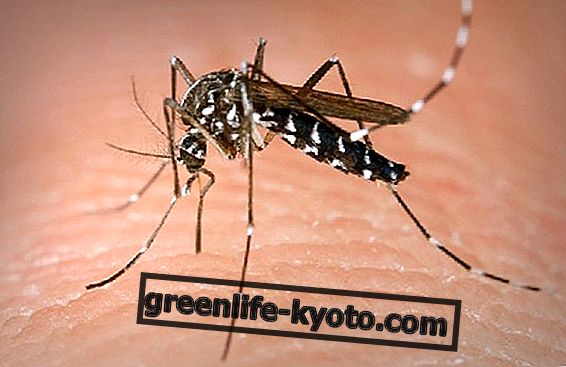Birch ( Betula pendula ) is a perennial plant of the Betulaceae family, used for the treatment of cystitis and cellulite due to its diuretic and purifying properties. Let's find out better.
>

Properties of birch
Birch leaves are used in herbal medicine due to their diuretic and purifying properties, given by flavonoids, sesquitepenic oxides, tannins (leucoanthocyanidins), Vitamin C, betulinic acid, chlorogenic and caffeic acid, resins and essential oils.
The purifying action is aided by the diuretic one. The increase in the emission of urine facilitates the elimination of water and excess substances, accumulated in the body, such as cholesterol and uric acids that cause rheumatism and gout. For this reason, birch is used in the treatment of hypertension and water retention. The diuretic effect also acts preventively with respect to the formation of renella and becomes a sort of antiseptic "wash" in urinary tract diseases, such as cystitis.
The plant is also one of the elective remedies in the treatment of cellulite, as it helps the elimination and disappearance of fibroconnective nodules, characteristic of this skin blemish.
Birch sap, also known as Betula verrucosa lymph, from which the bud-extract is extracted, contains two heterosides capable of releasing methyl salicylate with analgesic and anti-inflammatory activity .
The sap is collected according to a particular technique: at the beginning of March, during spring whipping, they are practiced in adult birches, preferably on the part of the trunk facing south, some holes about one meter from the ground, deep by two to five centimeters, slightly obliquely upwards, in which a small tube is introduced from which the sap flows into the containers placed on the ground. A trunk of 50 cm in diameter provides an average of 3-4 liters of sap in 4 days.
The detoxifying property is directed to our lymphatic system which uses the powerful draining action of the tree sap (which reaches 30 m in height) to purify the body of excess toxins, which retain liquids: pharmacological treatments, cortisone therapies or hormonal, hyperuricemia and hypercholesterolemia.
The best therapeutic use of birch sap is that concerning the treatment of cellulite, because it clearly reduces the kneading and the painful component, and eliminates the liquids stagnating in the tissues.
Birch among the remedies against gout: discover the others
Method of use
INTERNAL USE
INFUSED: 1 tablespoon birch leaves, 1 cup of water
Pour the birch into the boiling water and turn off the heat. Cover and leave to infuse for 10 min. Filter the infusion and drink 2 cups a day between meals.
40-50 gc of verrucous birch sap in gemmoderivato 2 times a day between meals.
Birch mother tincture : 80 gc in 1L and 1/2 mineral water, to be drunk throughout the day, away from meals.
Discover also the properties and benefits of birch essential oil

Contraindications of birch
As with all plants, care must be taken to simultaneously take drugs that have the same effect, due to the risk of enhancing the effect of the drug, in this case do not take with other synthetic diuretics.
Description of the plant
Arboreal plant that can reach imposing heights, has a sparse and light crown, expanded vertically, with terminal branches hanging down. The trunk is slender, if it is not too old, it has a thin white skin. The deciduous, oval triangular, petiolate, light green leaves above and below. The male flowers are gathered in sessile, pendulous catkins; female ones are collected in short and erect spikes. The fruits are cylindrical infructescences which at maturity release small samaras provided with a membranous wing.
The birch habitat
Native to Europe and northern Asia, in Italy it is more common in the Alps where it sometimes forms pure woods. Betula pendula (or Betula alba var. Verrucosa) is widespread from the Balkans to the Alps and throughout Atlantic Europe and Asia. In Italy it is particularly present in Piedmont (where today over 20, 000 ha of this species are estimated) and in Lombardy; it is found in the northern Apennines, in some isolated stations in Abruzzo, in the Campania Apennines and on Etna.
Background
Closely related to human life, as a symbol of protection, the Slavic tree was associated with the legend of the Rusolski, the beautiful nymphs of ponds and lakes. In late spring, in the days of the thaw, they came out of the water and carried, dressed in long white dresses, to undermine the travelers who found themselves passing through the woods of whitish trunks. Anyone who was unable to resist them was captured and killed. To avert this danger, those populations used to cut a huge birch annually, to then erect it in the town square and dance around it in a propitiatory way. A large bonfire was then made of that same plant, and the ashes were dispersed in the fields.
Birch is also the sacred tree par excellence of the Siberian populations where it covers all the functions of the Axis Mundi, a cosmic pillar.
Pliny thought that birch was originally from Gaul and informs us that with his wood we make "to the magistrates the bundles that everyone fears, and to the loaves the circles and ribs necessary for the manufacture of baskets and baskets". He adds that it was used also for making wedding torches, deemed to be a lucky-door on the wedding day ( Historia Naturalis ).
Already in the Middle Ages birch water was well known for its ability to break up urinary calculi, and for this reason it was proclaimed " The renal plant of Europe ". His sap was also considered a very effective remedy against kidney stones and bladder.
